You could put yourself and others around you in danger just by handling bleach the wrong way. So that you may remain safe at home and also protect your property from damage, we implore that you avoid mixing the following common with bleach at all costs.
Ammonia
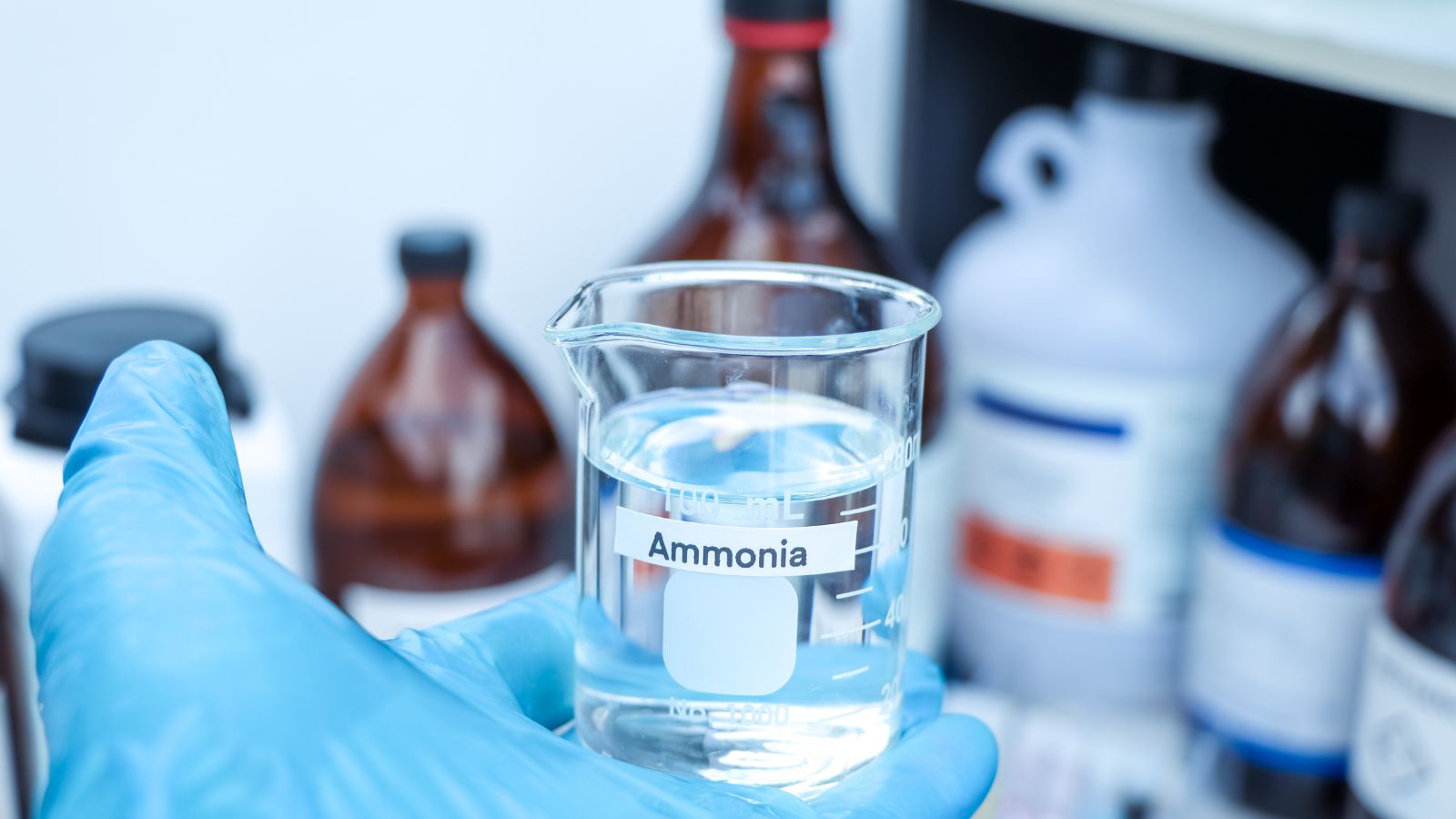
Contained in glass cleaners, carpet cleaners, and pet stain removers, ammonia is more common than you may think and poses one of the biggest health risks on our list. Mixing bleach with ammonia will create chloramine gases and lead to nausea, shortness of breath, chest pain, and pneumonia.
Vinegar

Reading from Southern Living, we learn that “when bleach and vinegar are mixed, it creates a harmful chlorine gas.” Inhaling this gas will irritate your eyes, nose, and throat, and it will also push you into frightening episodes of coughing, wheezing, chest tightness, nausea, and vomiting.
Hydrogen Peroxide
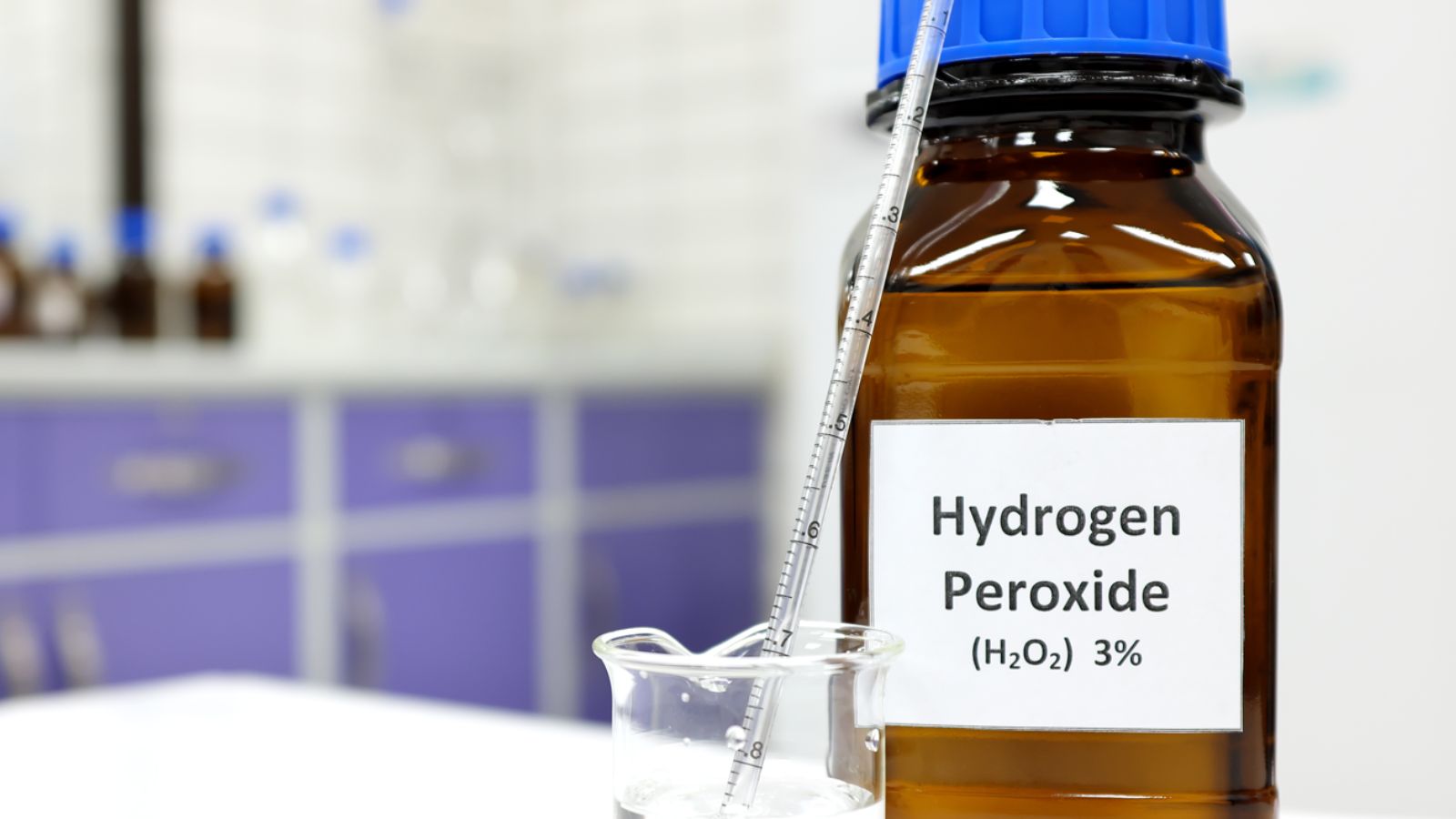
With hydrogen peroxide, the mixture isn’t toxic but, rather, creates an oxygen gas that’s so violent that it can cause an explosion. Both are ordinarily dangerous on their own too, and this is another reason why you should handle them with the utmost care and store them very far from each other.
Toilet Bowl Cleaner
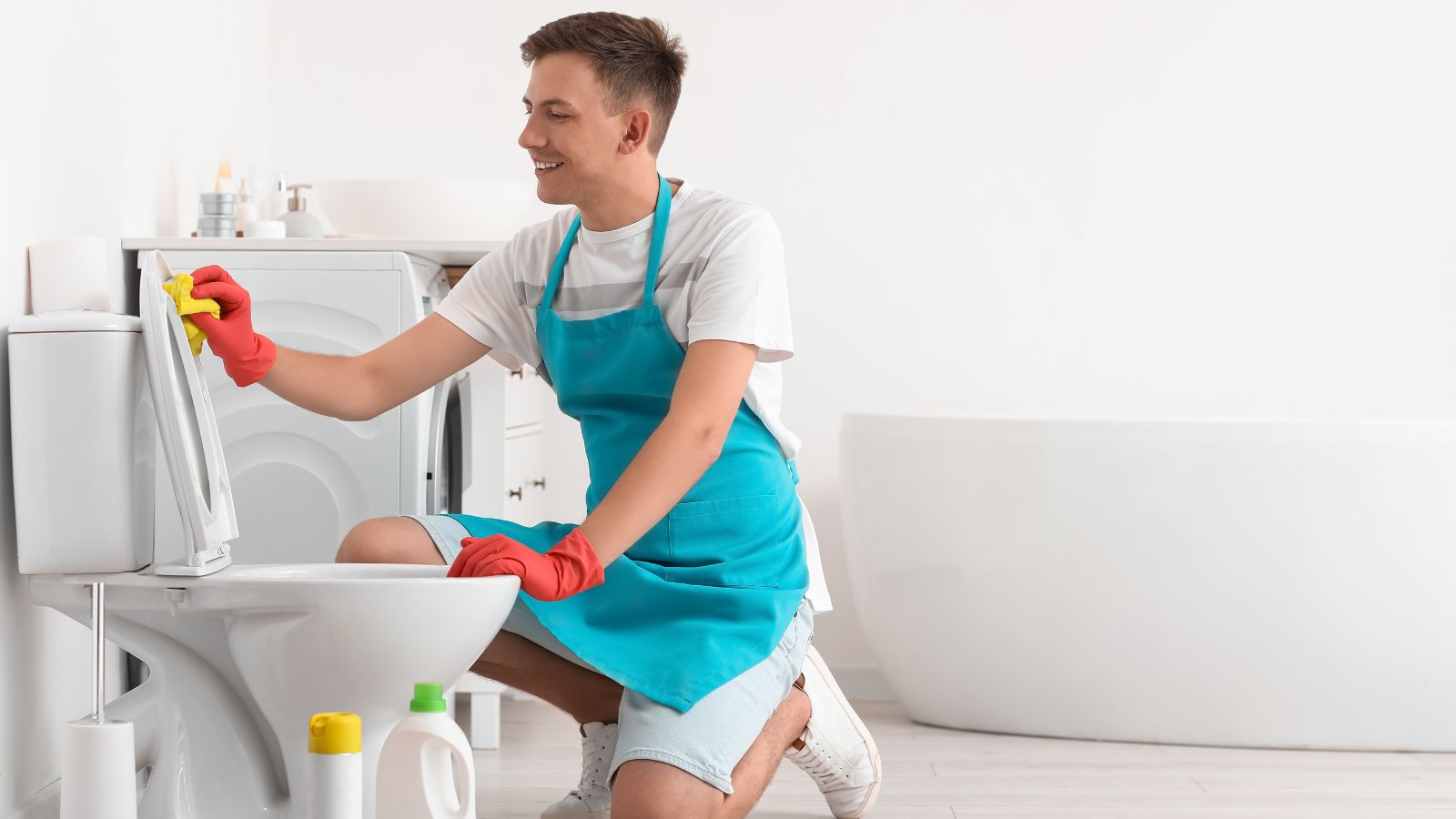
Mixing bleach with toilet bowl cleaners can produce toxic gases that irritate the respiratory system and cause other health issues, including coughing and shortness of breath. To maintain a safe bathroom environment, use bleach and toilet bowl cleaners at different times and store them in different places.
Dish Soap
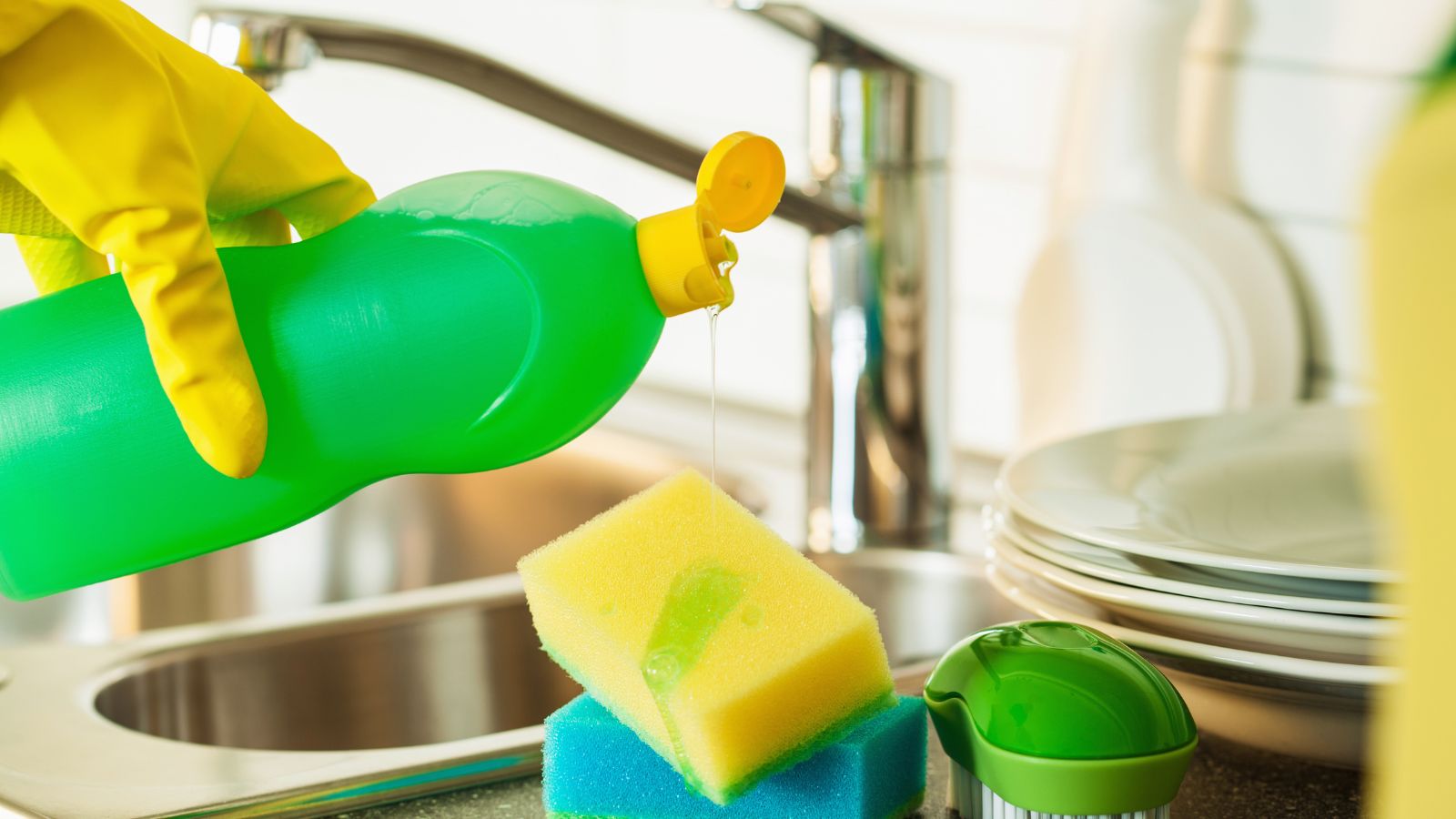
Some dish soaps contain ammonia or other compounds that react poorly with bleach, creating harmful fumes that are dangerous to inhale and can cause respiratory issues. Always check product labels and use dish soap and bleach separately to avoid exposure to these toxic gases and protect your health.
Glass Cleaner
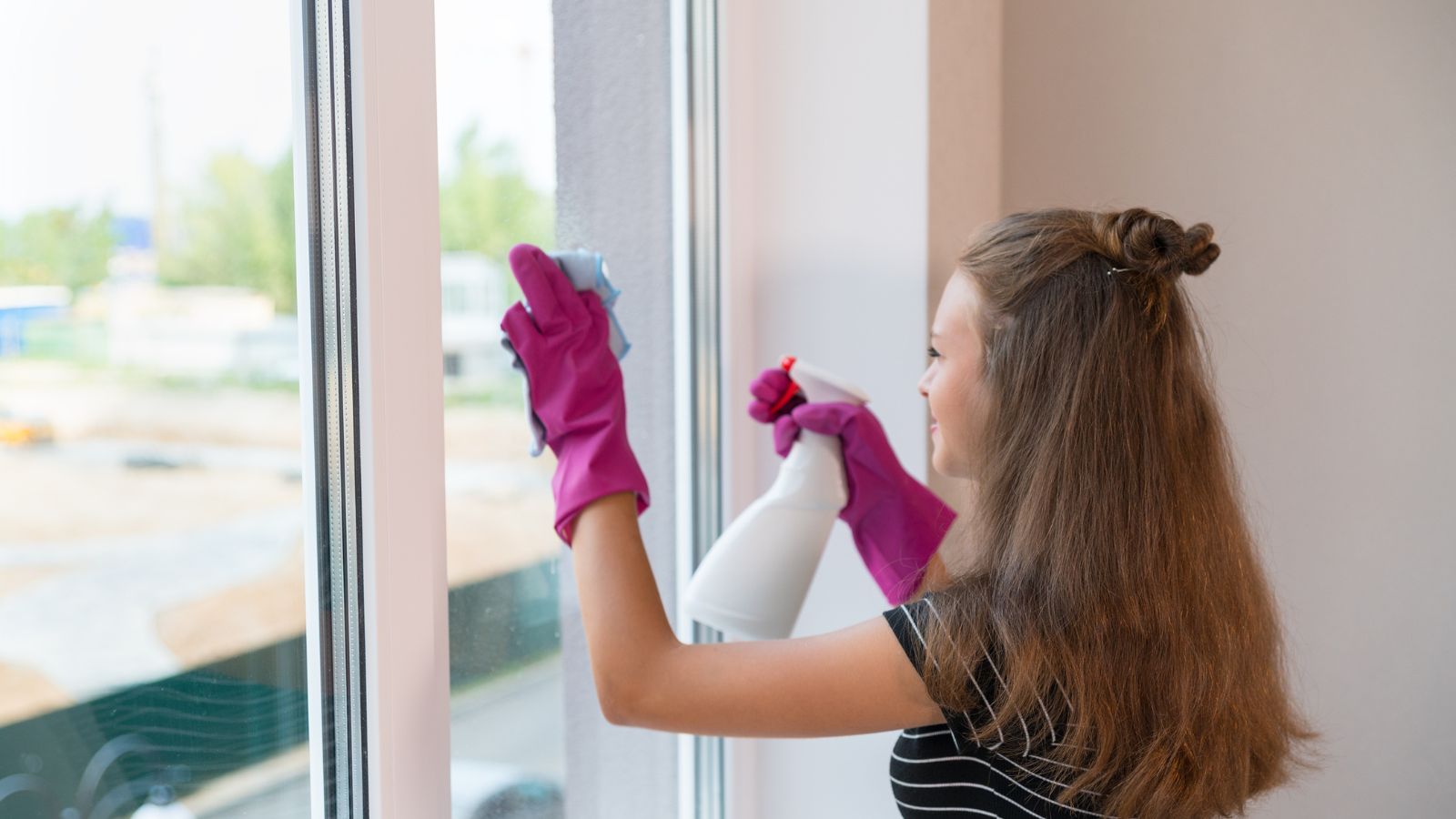
Glass cleaners often contain ammonia, which reacts with bleach to form chloramine vapors, and these toxic fumes can cause respiratory irritation, eye discomfort, and other health problems. To prevent dangerous chemical reactions and ensure safety, always use glass cleaners and bleach in well-ventilated areas, and be aware of other household products that may contain similar chemicals.
Lemon Juice

Mixing bleach with lemon juice produces chlorine gas, a harmful substance that can cause severe respiratory issues and eye irritation. Like others on our list, to maintain a safe cleaning environment in your home, use lemon juice and bleach separately while ensuring proper ventilation, which is particularly important in small, enclosed spaces like bathrooms.
Pesticides
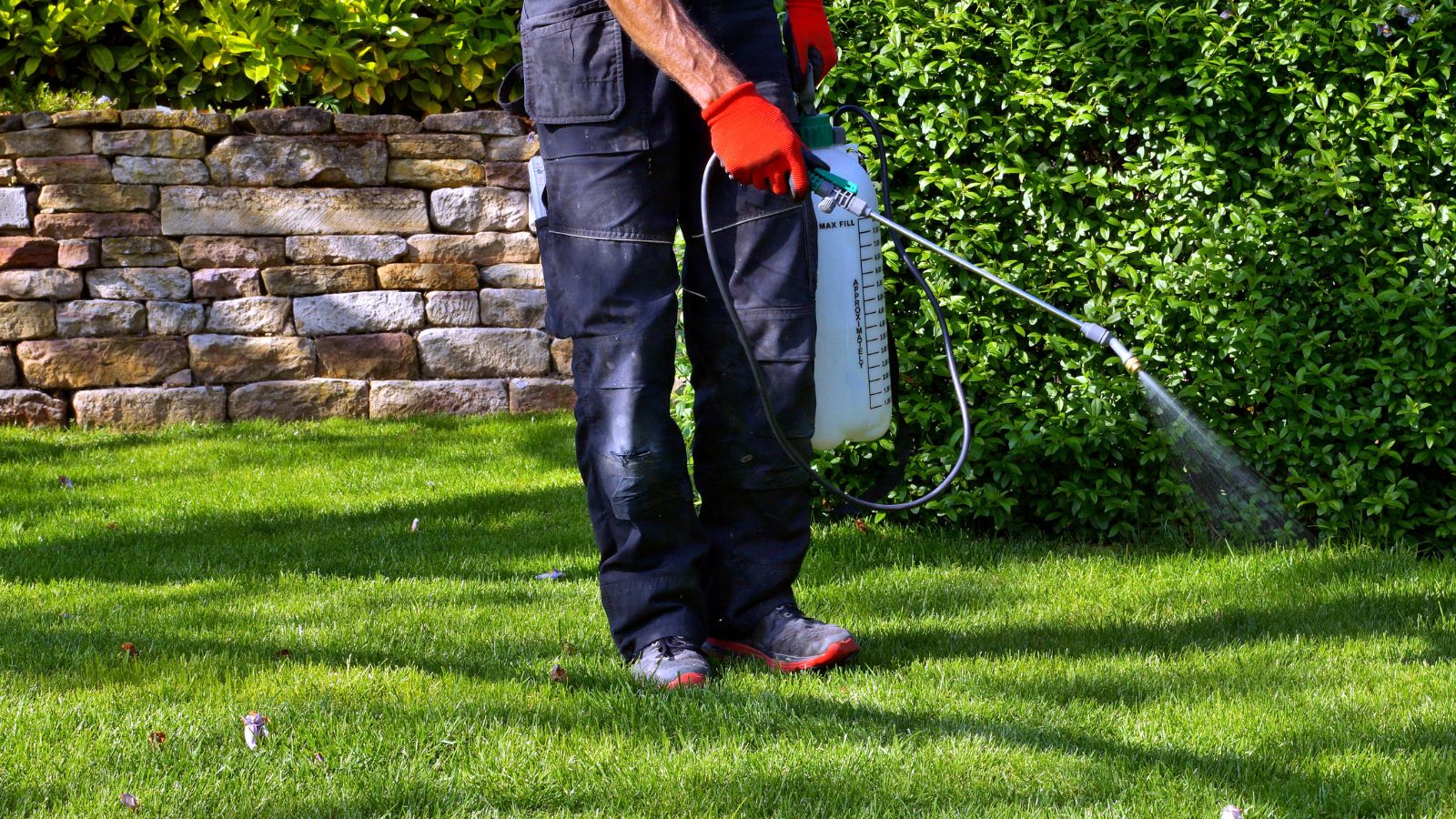
Combining bleach with pesticides can create toxic compounds that are harmful to both your health and the environment. You may find yourself suffering from respiratory problems, skin irritation, and long-term health effects, and after disposal, you may potentially contaminate the soil and vegetation around you.
Antifreeze

Bleach with antifreeze is extremely dangerous, as it doesn’t just produce toxic gases; it’s a solution that becomes as clear as water, posing a poisonous threat around children. Store antifreeze and bleach separately to ensure they are not accidentally combined and to save everyone from respiratory issues and chemical burns.
Rubbing Alcohol
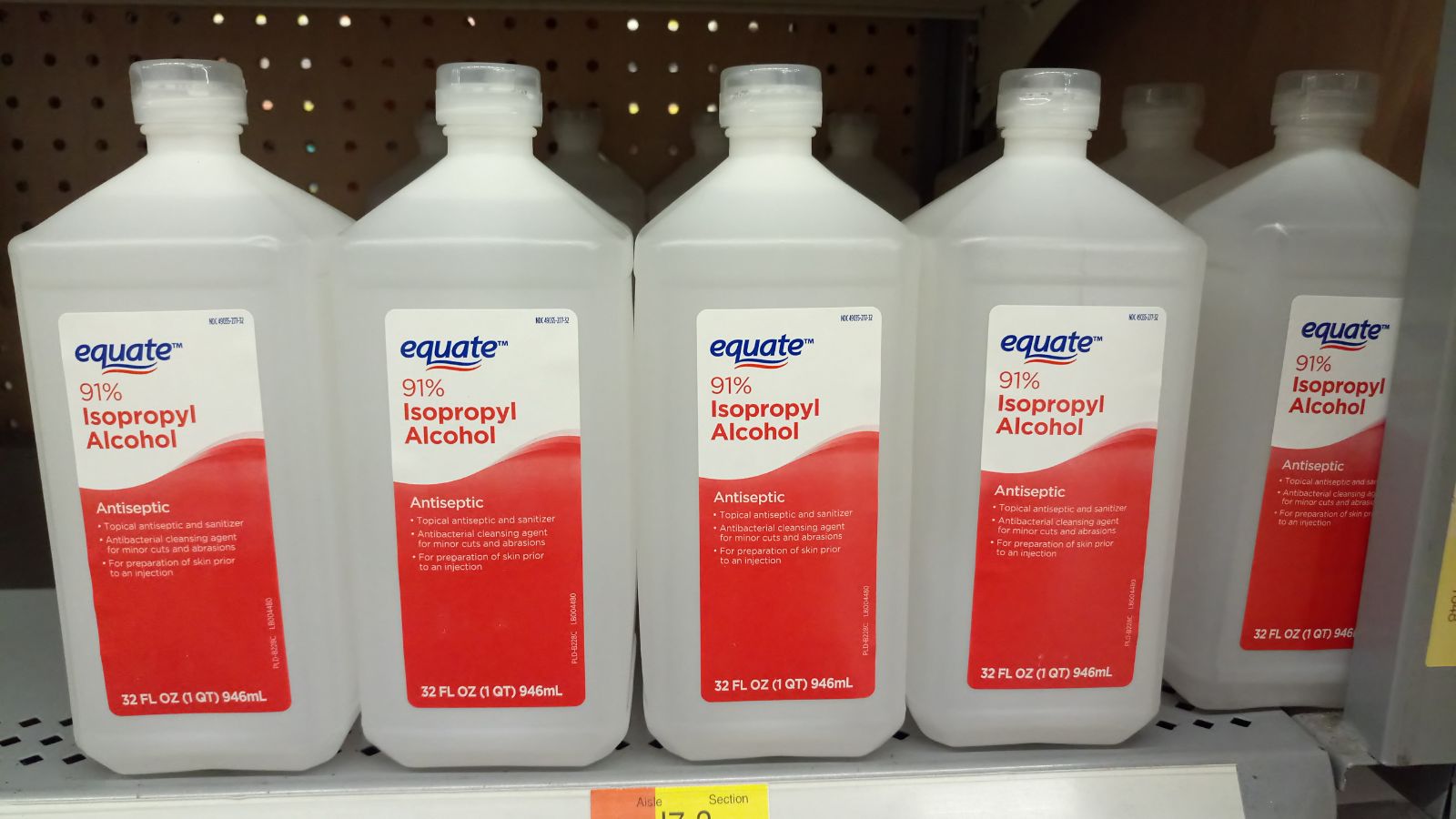
When you combine bleach and rubbing alcohol, you create chloroform, and the Georgian Department of Health says this can cause damage to your eyes, lungs, and liver. You may also create peracetic or peroxyacetic acids that are too corrosive for your skin and respiratory tract, posing a threat to your life.
Lye
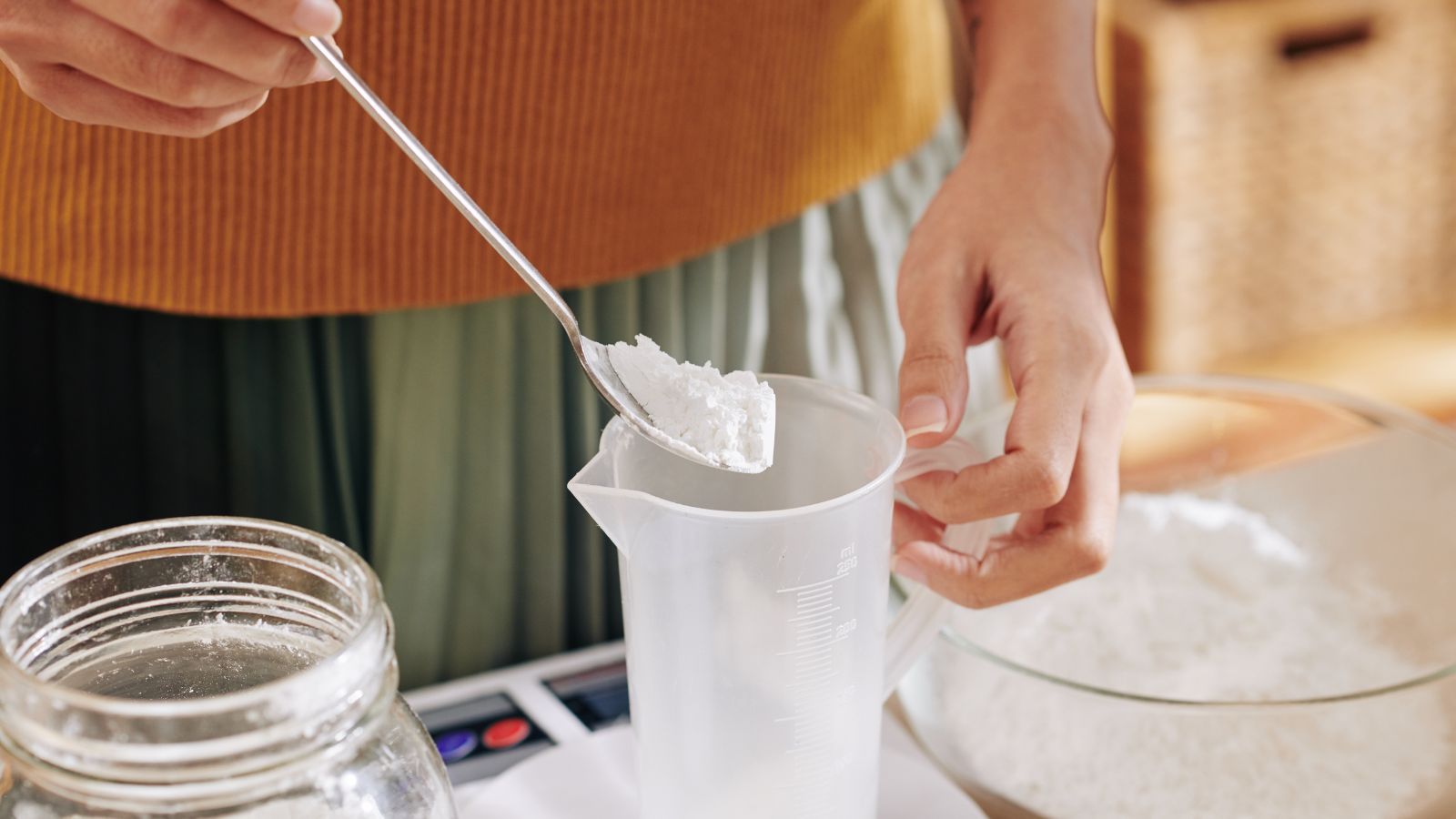
Lye and bleach should never be mixed, as the combination produces dangerous heat and toxic fumes that can cause severe respiratory issues, chemical burns, and even lead to life-threatening conditions. To avoid these hazardous effects, always use lye and bleach independently and ensure proper ventilation when handling these chemicals in your home.
Aluminum
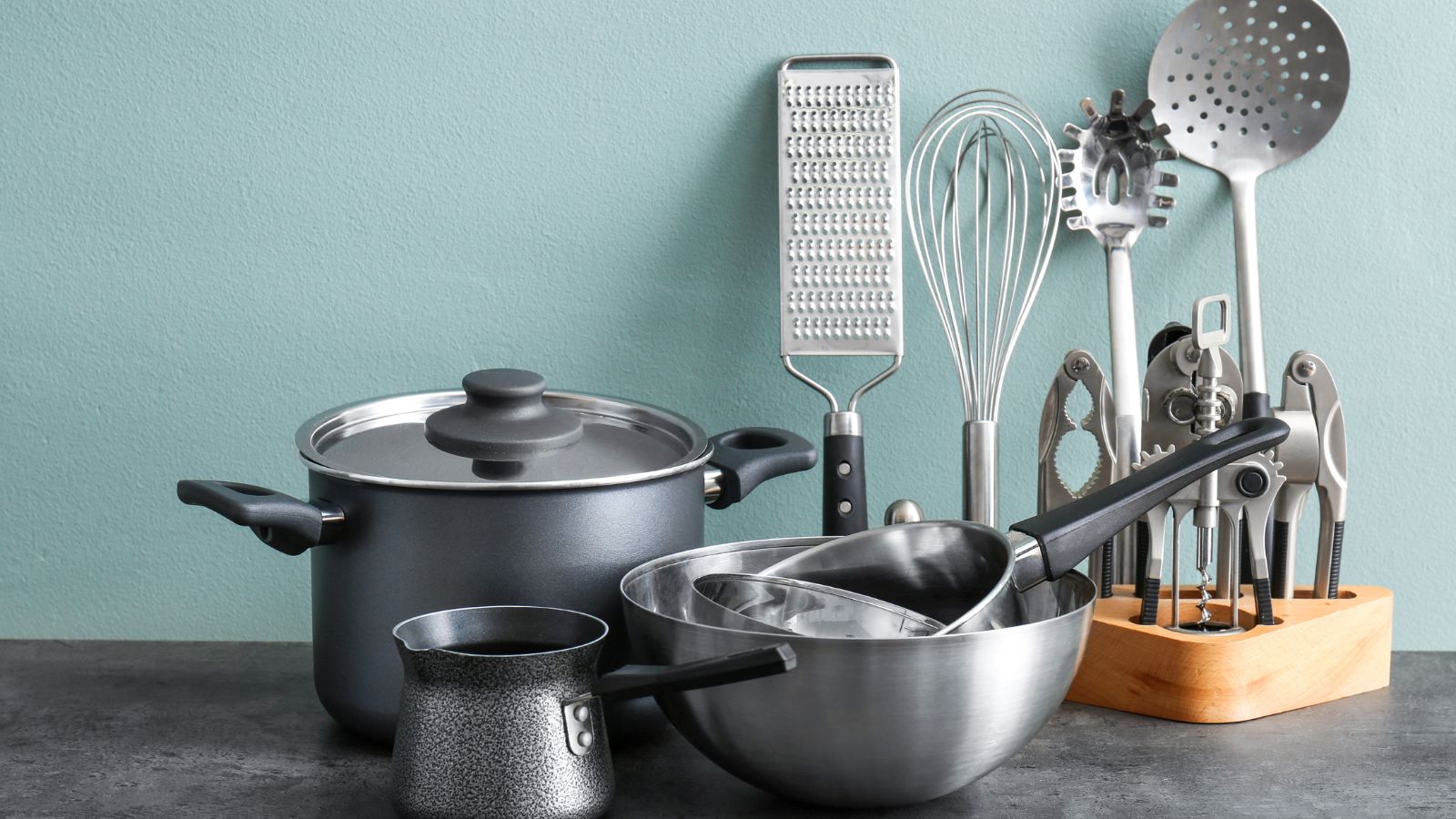
Bleach can react with aluminum, causing a dangerous chemical reaction that produces flammable hydrogen gas and releases toxic fumes, posing a significant fire risk. To prevent accidents such as explosions or respiratory issues, avoid using bleach on aluminum surfaces or objects, and store these items separately.
Baking Soda
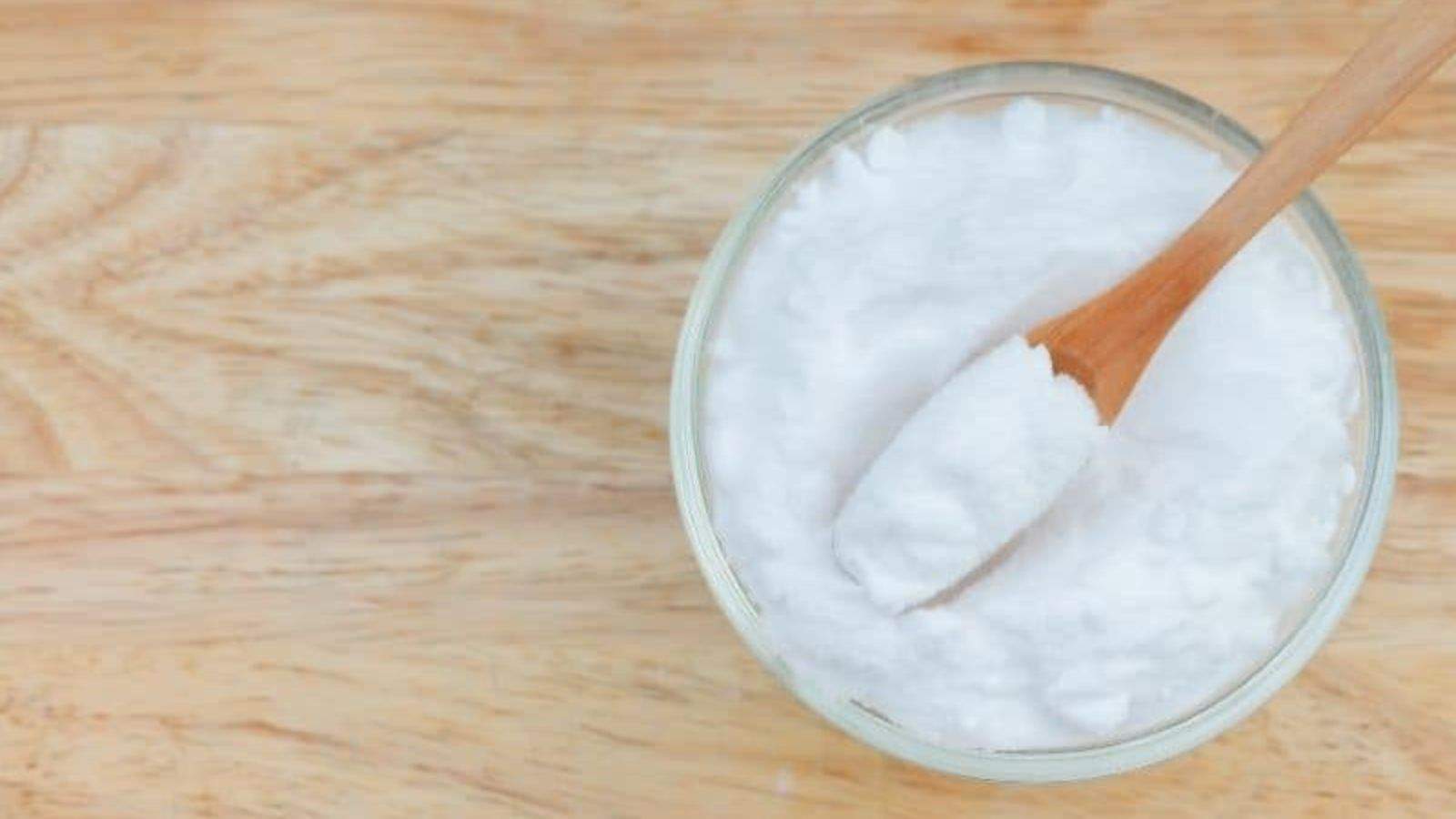
While not immediately dangerous, mixing bleach with baking soda can reduce bleach’s effectiveness. According to Yahoo, this combination also produces a corrosive substance that could damage your floors and other surfaces and also be overwhelming for your lungs. Use bleach and baking soda separately to maintain their effectiveness and ensure your safety.
Wood Stain Remover
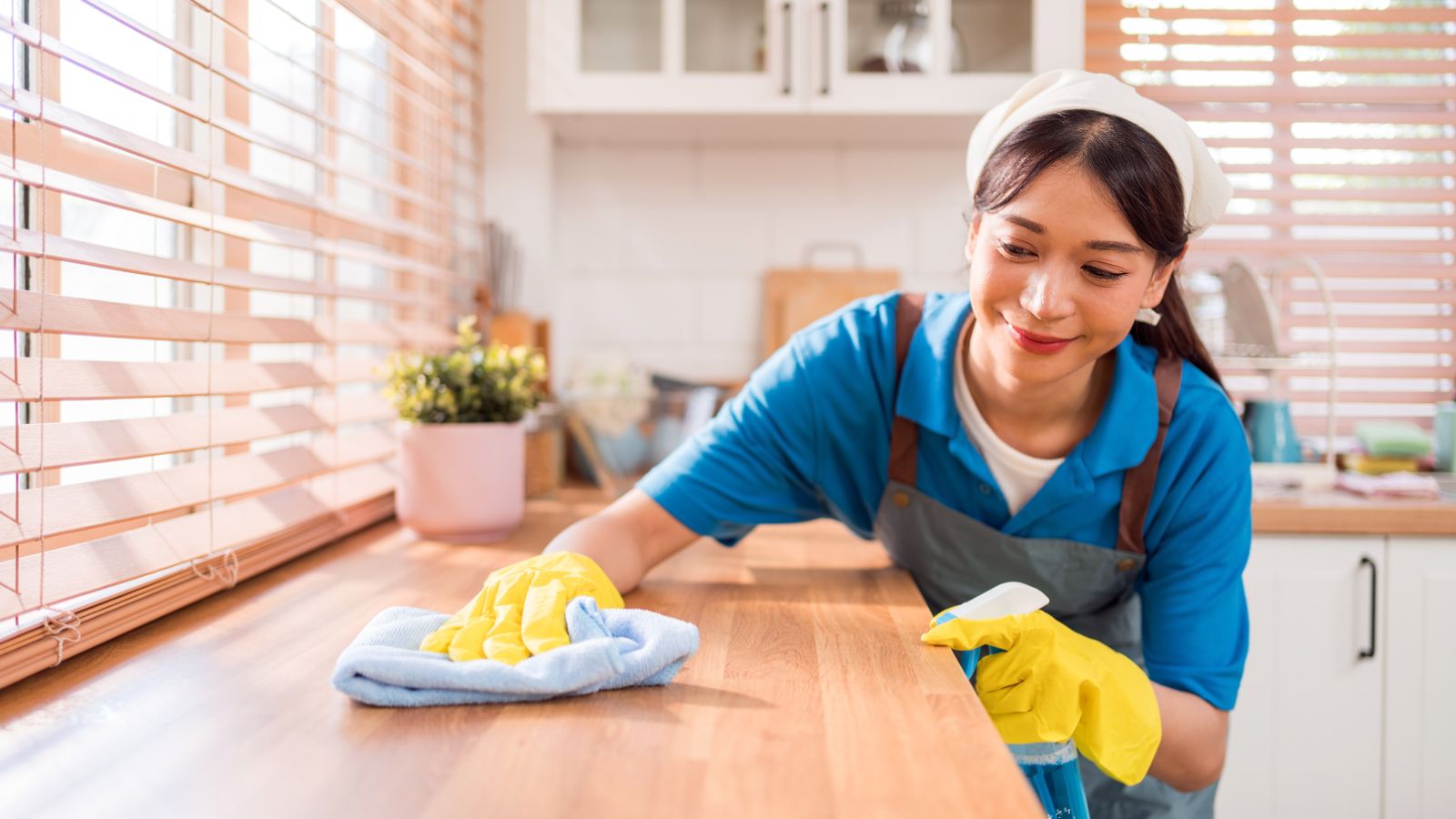
Combining bleach with wood stain remover can create toxic fumes that cause respiratory problems, headaches, and other health issues. This is a very aggressive and unpredictable mixture that’s extremely dangerous to inhale, which is why you must always use them at different times and carefully store them in different areas.
Nail Polish Remover
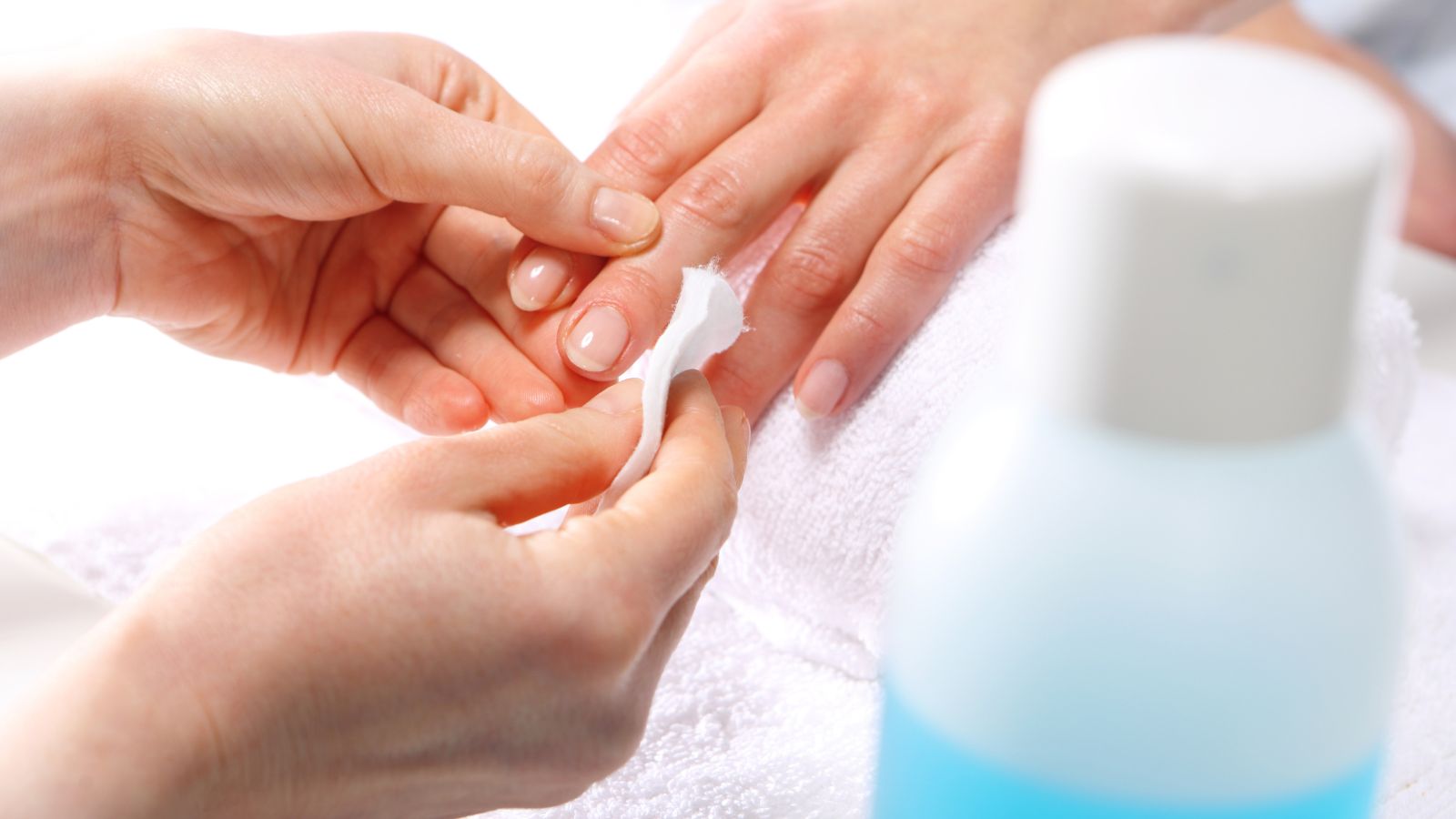
Nail polish remover often contains acetone, which reacts dangerously with bleach, producing harmful fumes and flammable substances that can lead to respiratory issues and potential explosions. This combination can pose significant health risks, so keep bleach and nail polish remover separate to avoid creating hazardous conditions during your beauty routine.
Hand Sanitizer
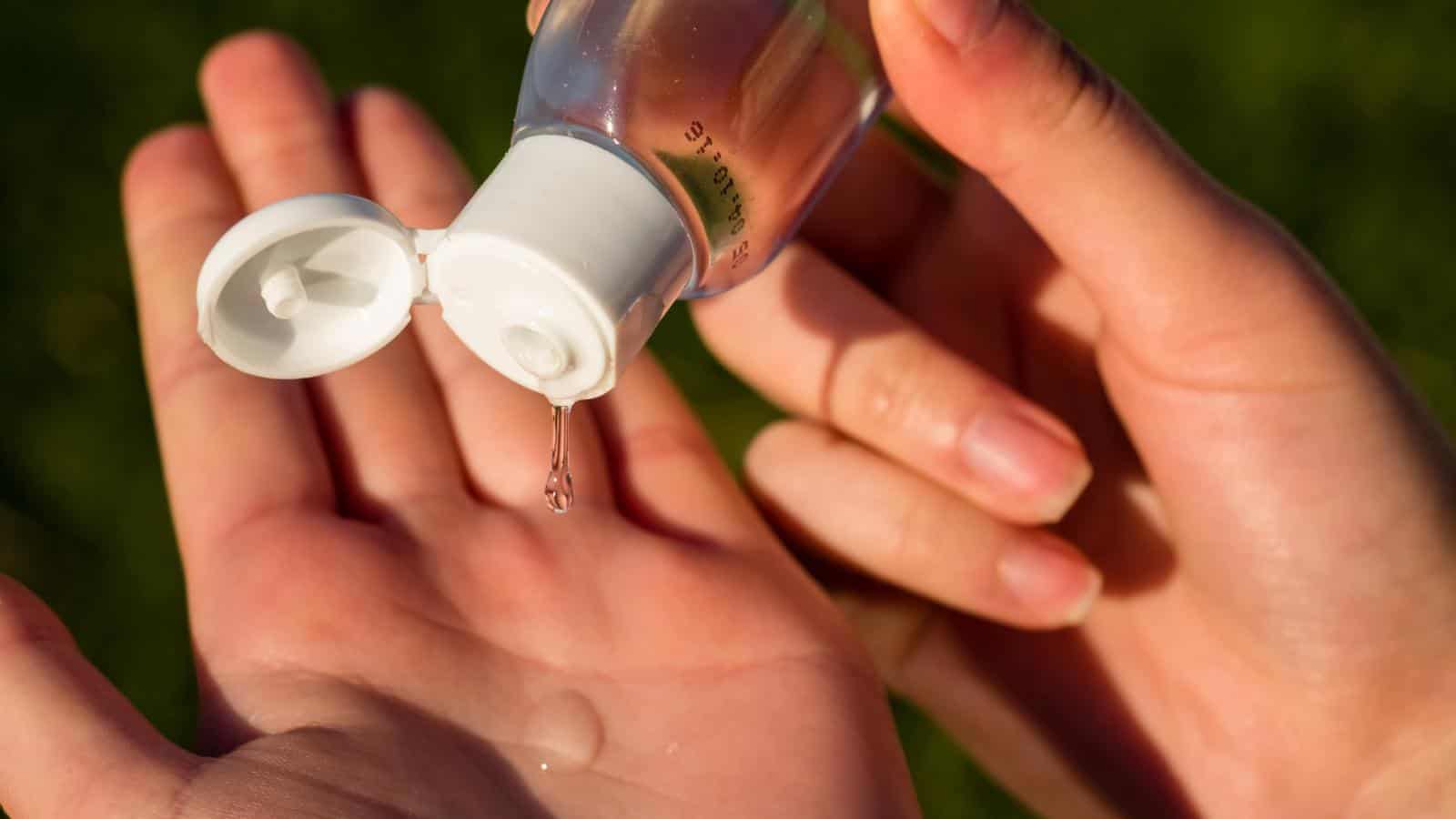
Hand sanitizer typically contains alcohol, which forms chloroform when mixed with bleach, resulting in a toxic substance that can cause serious health issues such as respiratory distress, skin irritation, and even potential long-term neurological damage. To maintain a safe environment for yourself and others, always use hand sanitizer and bleach independently.
Rust Remover

Mixing bleach with rust remover can produce toxic gases that cause respiratory irritation, headaches, nausea, and other health problems, making these harmful fumes dangerous to inhale. To avoid these dangerous chemical reactions and maintain a healthy home, use rust remover (and only rust remover) to get rid of tarnish, and use bleach with ordinary water on other surfaces.
Urine
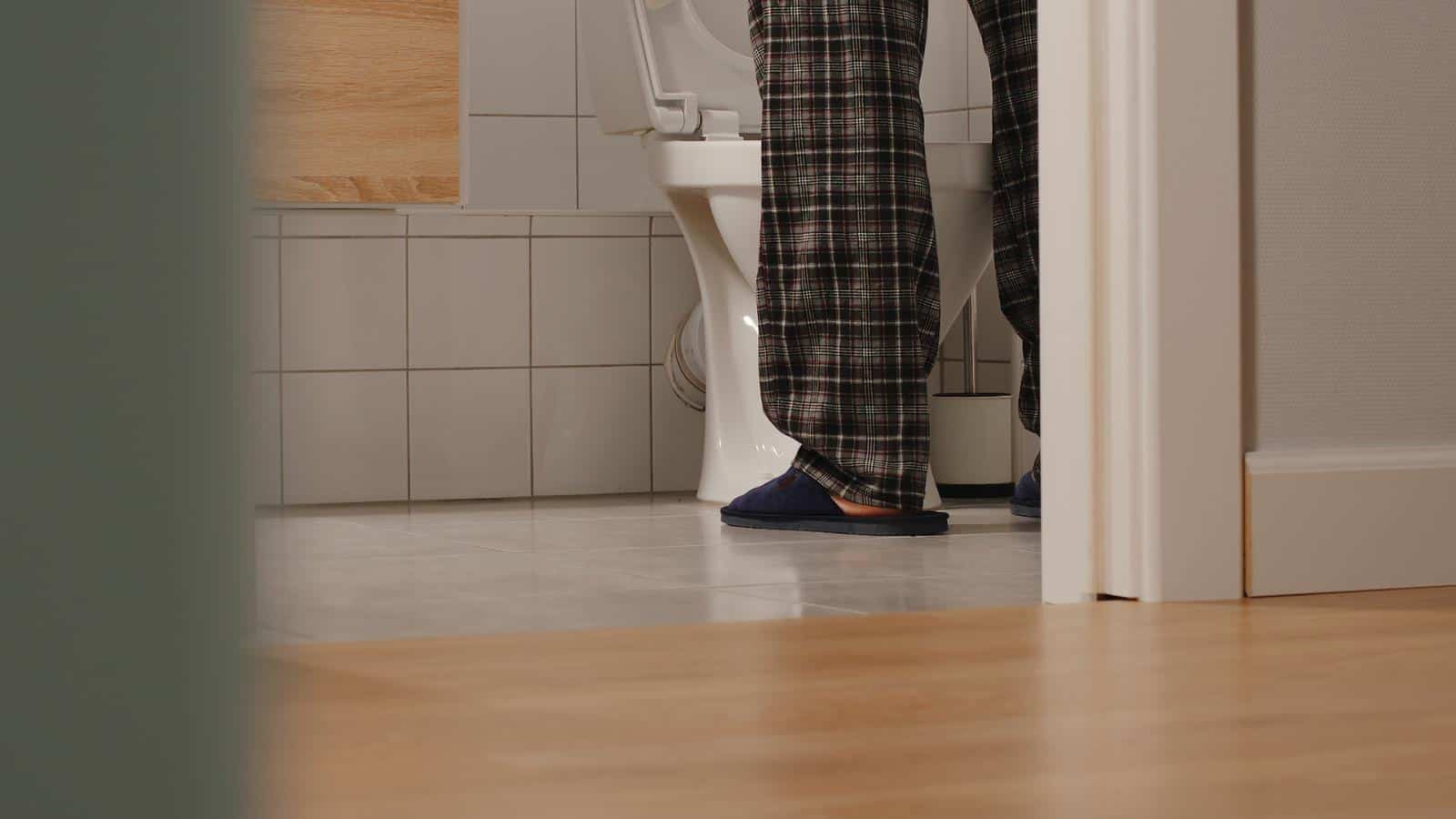
Mixing bleach with urine produces toxic chloramine vapors, which can occur when cleaning areas contaminated with pet urine or other bodily fluids. There’s a risk of severe respiratory irritation, coughing, shortness of breath, and other health problems you don’t want to take on. So, always ensure safety by thoroughly rinsing away urine before using bleach to clean such areas.
Mothballs
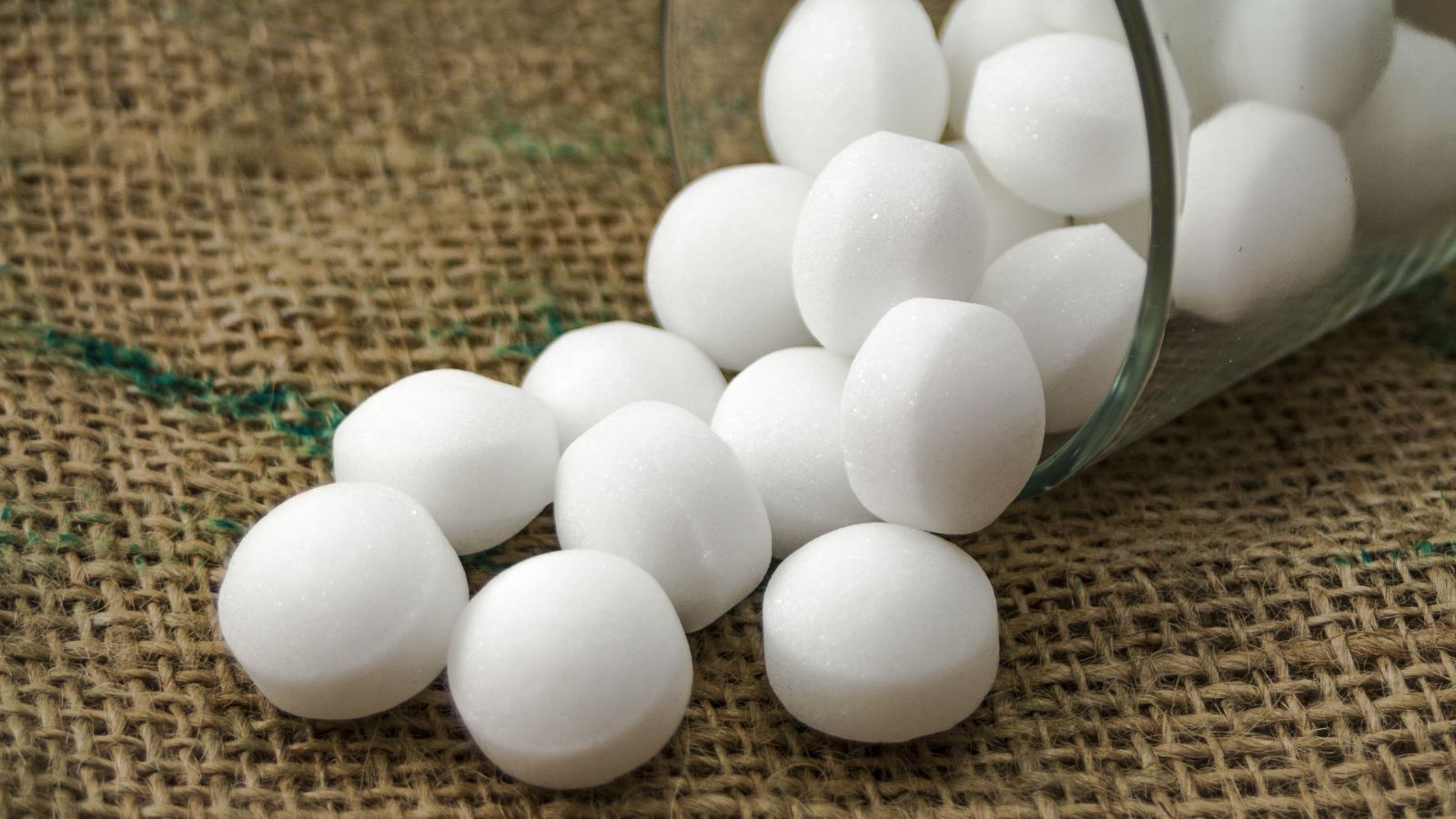
Mixing bleach with mothballs can create harmful gases that pose significant health risks, including respiratory issues, chemical burns, and even potential long-term lung damage. To prevent accidental mixing and ensure a safe home environment, keep mothballs and bleach stored separately in well-labeled containers and always handle them with care.
Up Next: 19 Completely False Things About America That Foreigners Think Are True

The U.S. is arguably the most famous country in the world, and people from far-off places often know our flag and president’s name! However, a lot of media coverage and exported movies mean plenty of opportunities for misunderstanding and stereotyping. Here are 19 false assumptions non-Americans often make about ‘the land of the free!’
19 Completely False Things About America That Foreigners Think Are True
20 Loyal Dog Breeds That Will Never Leave Your Side

Since early humans first fed a wolf around a campfire, dogs have been our constant companions and are renowned for making strong bonds with their owners. But which specific types of dogs make the most loyal and devoted pets? This article describes the 20 most unwaveringly loyal canine breeds and the characteristics that make them the ultimate ‘ride or die’ pets!
20 Loyal Dog Breeds That Will Never Leave Your Side
18 Reasons Older Men Say ‘Nope’ To Relationships

Older men embrace being alone and generally prefer spending time in solitude. They’ve had a full, so don’t criticize them for being less social! The following 18 reasons explain why older men prefer to be alone and are redefining how they experience their retirement years.

